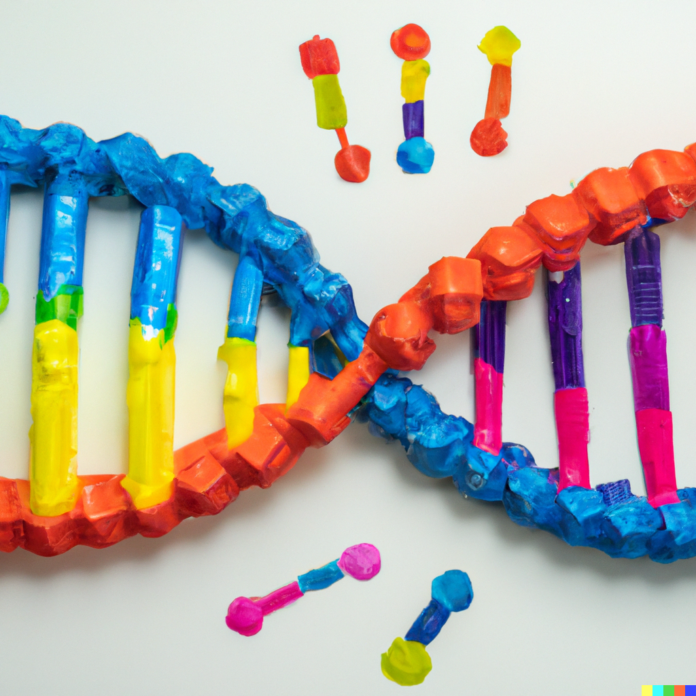Written by: Faisalshamim Khan | Edited by: Esther Swamidason
The main target demographic for LEGO is children under 15. However, I’ve met an engineer who religiously collects LEGO sets and displays them in his office. Why are LEGOs loved by such a range of individuals?
LEGO has collaborated with over 100 different themes including brands such as IKEA, movies like Star Wars, and even musicians. Each set of LEGOs offers the opportunity to create unique structures and models that peak our personal interest. However, none are a match to the simplified complexity of the molecule of life – ‘The DNA’ which is a naturally occurring LEGO set that has coded for around 8.7 million species of plants and animals in existence today.
This LEGO set called the DNA has only a few specialized pieces: Four chemical bases called Adenine (A), Thymine (T), Cytosine (C), And Guanine (G) which can be connected in any order using deoxyribose sugar and a phosphate group. The order in which these A, T, C and G are connected make the blueprint for a plethora of proteins. Proteins are another set of LEGOs that work together to build different cells, tissues, and organs in a specie specific manner and regulate their function. When this naturally occurring set of LEGOs, the DNA, is damaged and the A, T, C, G organization is incorrect, the proteins that are made are faulty resulting in abnormalities in the body. This phenomenon is called a mutation.
If DNA is an assembled set of LEGOs coding a blueprint for making unique pieces of another set of LEGOs called proteins, how is DNA decoded and assembled into this second set? Here’s an example to help you understand this better. You may have heard of red blood cells (RBC) in our body. Each RBC has a protein called haemoglobin that helps in transporting oxygen to all parts of the body. To make haemoglobin, our body needs the haemoglobin blueprint. DNA can’t leave its vault in the bank called the nucleus. This is where DNA transcription comes in; it makes a copy of the DNA’s code and sends it outside the nucleus and into the cell’s cytoplasm, which is like the front office of the bank where customers come to collect their treasures! This copy of the code is called messenger ribonucleic acid (mRNA). Think of it like a temporary LEGO template carrying the instructions from the DNA to the ribosomes in the cytoplasm.
Imagine ribosomes as construction sites for proteins where the site engineers (enzymes) use the instructions in the mRNA to begin a process called translation where the code is read in triplets (eg, ATG) called codon. Each codon corresponds to an amino acid (pieces of the second LEGO set) which are brought to the ribosome by another type of RNA called transfer RNA (tRNA). There are 20 different amino acids that are coded by DNA and the ribosome reads the instruction in the mRNA and uses the different amino acids brought by tRNA to build the haemoglobin protein exactly as the instructions say. Once haemoglobin is complete, it is released from the ribosomes to carry out its job transferring oxygen molecules from the lungs to the entire body.
In conclusion, DNA transcription makes a copy of the instructions for protein production and translation builds the protein. This is just like reading instructions from the LEGO box and putting together the pieces in different ways to make all sorts of structures. It is essential to understand DNA transcription and translation because it is the central dogma of life and is imperative to our understanding of how our bodies function.
Human beings are only a collection of biomolecules coded by a complex blueprint based only on a simple 4 letter code. Next time you play with Legos, think about the in-built and invaluable LEGO set you carry!


